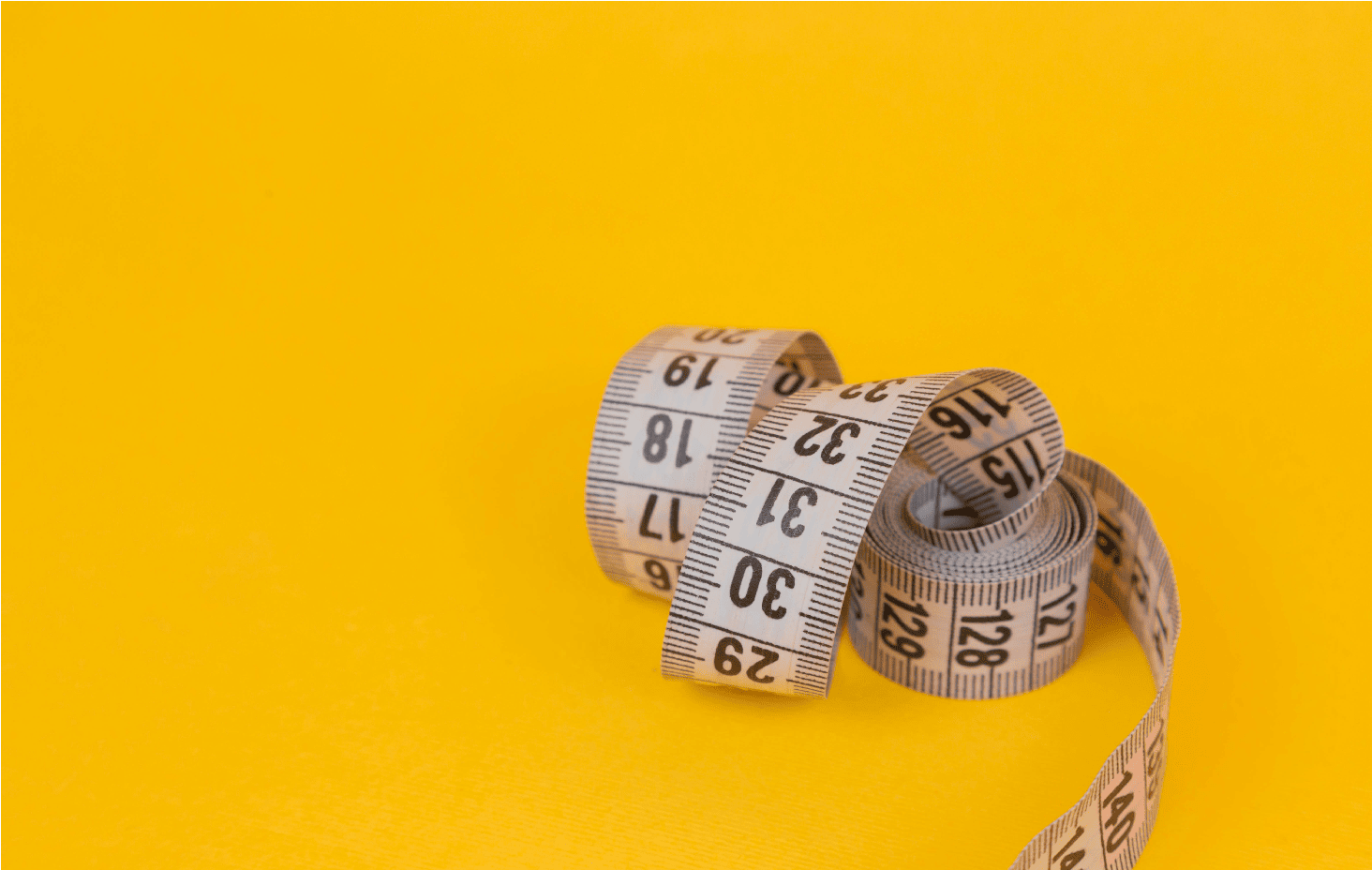What is measurement
Measurement is used to find out the size, length, amount, or degree of something. It’s an important math topic used daily, sometimes without even noticing. It's used in many areas of life, like cooking, shopping, and even building things.
Who is the course suitable for?
Measurement is suitable for grades 3 to 10. At lower grades, students focus on understanding basic units and simple shapes, while at higher grades, they dive into more complex concepts like volume, surface area, and converting units. It's a key topic that builds across grade levels, helping students apply it in mathematical and real-life contexts.
How does the course work?
There are 3 categories, each containing various topics. You can customize your lessons to suit your needs by picking certain topics of interest. After a lesson students will be able to refine their skills by using Google Classroom with the support of their tutor. Students will also be able to go back and review important notes from completed lessons.
How do I dedicate a specific topic within my package?
You will be able to designate the hours included in your package to certain topics.
How much time should be dedicated to a topic or a category?
Depending on the student, the amount of time needed will vary. As your lessons progress, your tutor will guide you on when it is okay to move on to the next topic and will work with you to adjust based on your individual needs and progress.
Before starting the course you will be consulted via a Skype video call so that I can:
1. Learn more about you.
2. Show you how to use/set up Google Classroom and Khan Academy.
3. Help you set lessons, dates, times, and achievable goals.
4. Allow you to become more comfortable within the online learning environment.
What do I need to learn online?
Learning online is effective and convenient. It's most likely that you already have:
1. An internet connection with a speed of 10mbps.
2. A computer or laptop.
3. A webcam (preferred, but not necessary).
4. A comfortable spot in your home.
5. An email address.

What are the 7 categories within Measurement?
How can they help me? What will I learn?
1. Time
Understanding time will help you organize your day, set goals, and be more productive. Being able to tell time, keep track of how much time has passed, and plan tasks can help you avoid rushing, reduce stress, and make the most of your time. Time skills are useful in many aspects of life.
Each topic will teach you how to:
Read and understand clocks (both digital and analog).
Convert between different units of time (like minutes, hours, and seconds).
Calculate elapsed time (how much time has passed).
Estimate how long tasks will take.
Use a calendar to plan and organize events.
Set time goals for tasks to stay on track.
Prioritize tasks to use time efficiently.
Develop time-management strategies to stay organized.
2. Money
Money measurement skills help you understand how to handle money, such as counting, calculating, and spending wisely. These skills allow you to manage your finances by knowing how much you have, how much things cost, and making smart decisions with your money.
Each topic will teach you how to:
Grades 3-6:
Count and add coins and bills.
Understand the value of different currencies.
Make change when buying items.
Calculate prices and discounts in simple scenarios.
Grades 7-10:
Convert between different currencies.
Budget and plan expenses to manage money effectively.
Compare prices and make smart purchasing decisions.
Track spending and stay within a set budget.
3. Angles
Introduction to Angles - Lower Grades (3-6)
By understanding angles, students will improve their problem-solving skills and begin to visualize geometry in their everyday surroundings. This course is designed for younger students who are just starting to learn about angles. It focuses on the basics, ensuring a strong foundation for more advanced angle concepts later.
Each topic will teach you how to:
Recognize and name different types of angles (right, acute, obtuse).
Understand the concept of measuring angles.
Use a protractor to measure angles accurately.
Identify angles in real-world objects and shapes.
Draw basic angles using a ruler and protractor.
Understand the relationship between angles and shapes, like triangles and squares.
Advanced Angle Concepts - Higher Grades (7-10)
Give students the tools for more advanced geometry problems and provide real-world applications for angles in areas like engineering, architecture, and technology. This course is intended for students in higher grades who are ready to explore more complex angle-related topics and apply their knowledge in real-life situations.
Each topic will teach you how to:
Calculate missing angles in geometric shapes and diagrams.
Work with complementary, supplementary, and vertical angles.
Apply the angle sum property of triangles and polygons.
Solve problems using angle relationships in parallel lines and transversals.
Use angles in practical contexts like navigation, design, and construction.
Solve advanced problems involving trigonometry (for grades 9-10).

